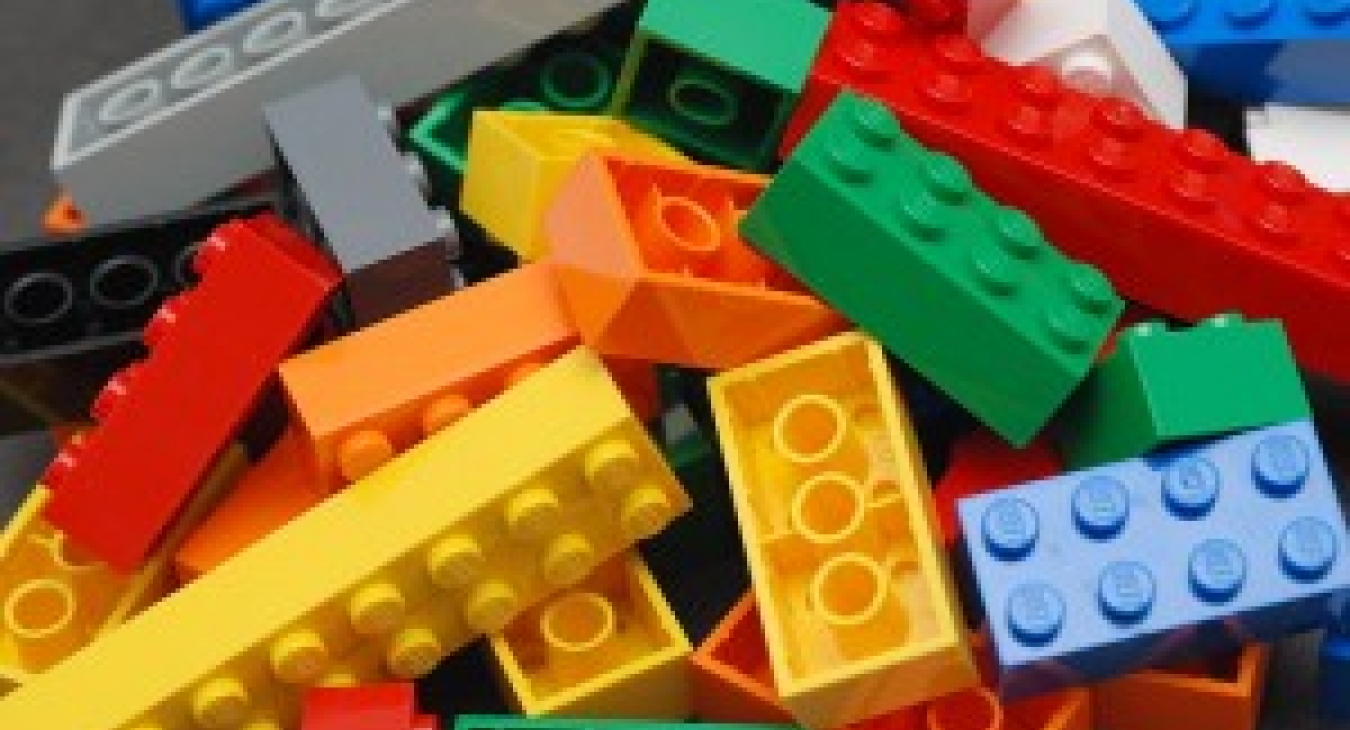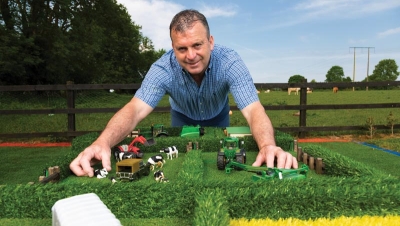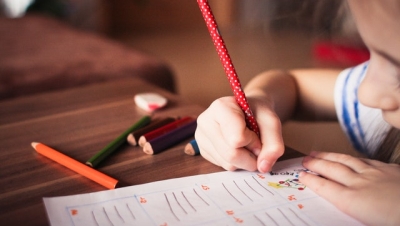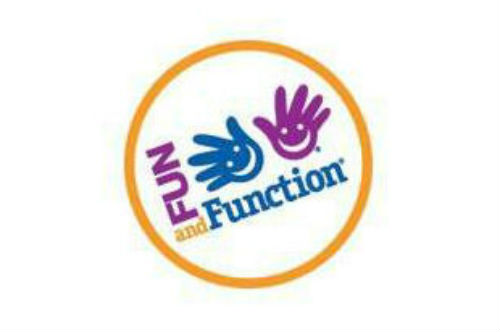Lego Play Therapy Benefits Children with Autism
Practitioners and parents have discovered that the use of LEGOs during play therapy groups for children with autism leads to improved social skills and play skills. Research confirms that this is the case. LEGO brand toy building blocks offer a highly routine, repetitive, structured form of play that many children with autism find appealing.
Activities using LEGOs can be graded from simple step by step instructions to free building that allows for creativity. During play therapy, however, group activities can be designed around the use of LEGOs to help children gain skills in both verbal and non-verbal communication, sharing, turn taking, collaboration, and other social skills.
Research on LEGO play therapy was recently conducted at the University of Cambridge. This study focused on children with both autism and Asperger Disorder, and found that children who participated in LEGO therapy showed improvement in social skills. Research into the value of using LEGO as a part of play therapy are well documented.
Another study conducted in 2008 evaluated social skills interventions for 6-11 year olds, including LEGO therapy. Children with autism were randomly assigned to intervention groups and therapy was provided for 1 hour per week over 18 weeks. Researchers found that the LEGO therapy group displayed more improvement than the other groups on autism-related social interaction scores.
A report published in Autism in 2006 studied the long term outcomes of LEGO therapy for children with autism. Children with autism who participated in LEGO therapy were compared to children with autism who participated in another form of therapy. The children who received LEGO therapy showed significantly more improvement on outcomes measures than the non-LEGO group.
During LEGO therapy groups, participants agree on a project that is not too easy or too difficult for group members. Each participant is assigned a job to do, such as putting the bricks together, sorting and obtaining the bricks, designing the project, etc., and these roles are rotated as the project progresses so that each participant gets a turn at each role. The principles of play therapy are followed during LEGO therapy sessions. Groups are held at regular scheduled times and places. An adult facilitator assists participants with problem solving, on task behavior, and providing positive reinforcement of appropriate social interactions.
LEGO therapy groups encourage collaboration, pretending, and non-verbal communication. These groups can also provide participants with a system of rewards and praise when changes to the building project are completed, allowing a child to successfully break from routine, repetitive patterns. This process helps children with autism develop creative responses and improved coping patterns when faced with changes in routine.
LEGO therapy groups range from simple, step by step projects to highly creative endeavors. At the Center for Neurological and Neurodevelopmental Health in Voorhees, New Jersey, participants who gain advanced skills use group time to film stop action videos using their LEGO creations. Some LEGO therapy groups also utilize LEGO computer programs.





